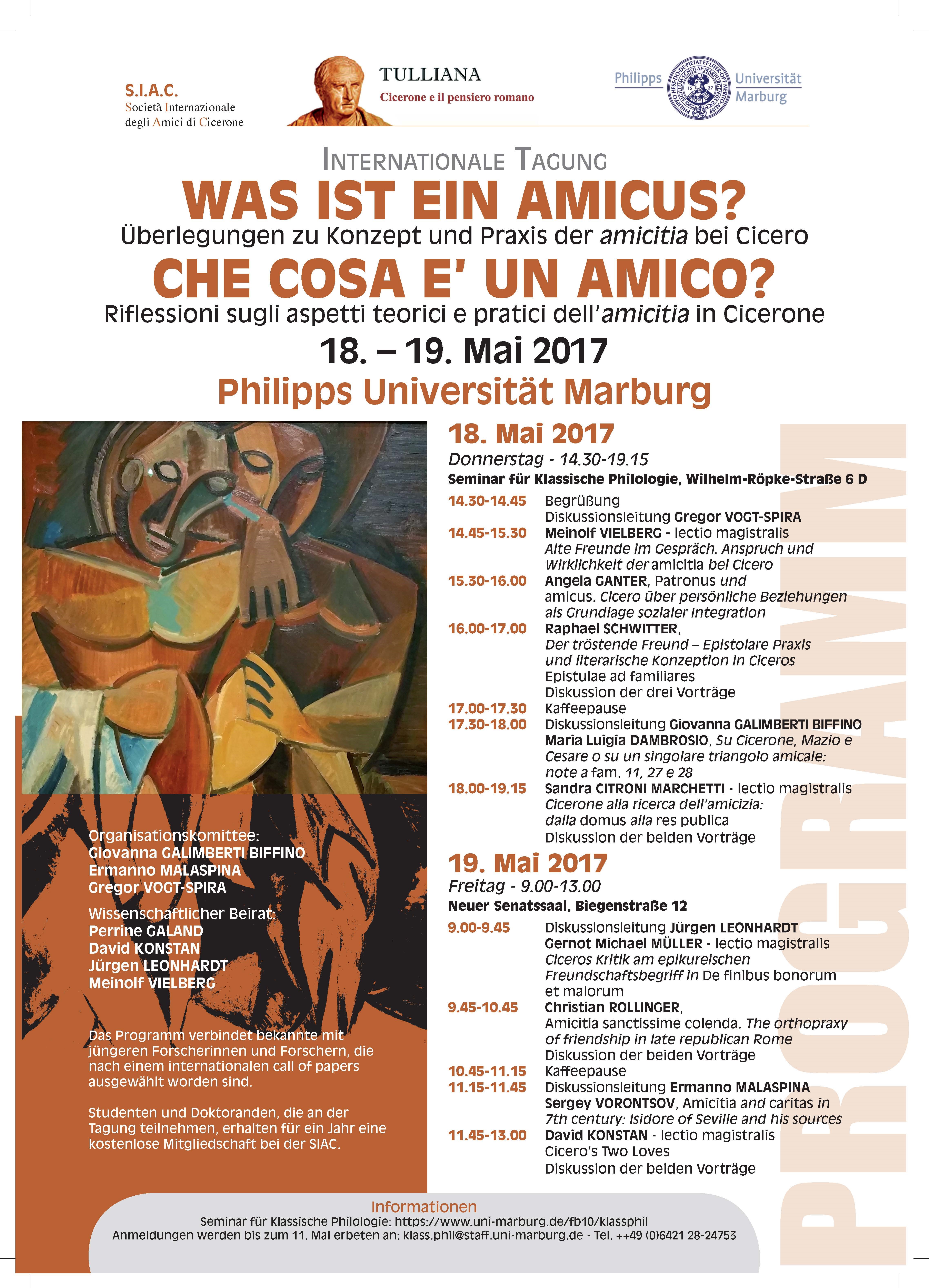Amicitia and caritas in the 7th Century: Isidore of Seville and His Sources
DOI:
https://doi.org/10.13135/2532-5353/2507Abstract
Key words: amicitia; caritas; justice; unity; Isidore of Seville; Laelius; Cicero; Visigothic Spain.
Abstract: The article studies the reception of Cicero’s Laelius in Isidore of Seville’s sententiae 3, 28-32, that offers the only extant theoretical conceptualization of amicitia as a form of interpersonal relation during the 6th and 7th centuries AD. Over the period, caritas was regularly used to describe social relations. Accordingly, the study’s key question is: how was classical concept of amicitia reintegrated into the Christian discourse of 7th century Roman-Barbarian Spain? The article suggests that the question of true unity in friendship was central for Isidore: he reconsiders patristic model of grounding amicitia in caritas that was interpreted as both the principle of right behaviour towards the neighbour and a ground of general political and religious unity of gens Gothorum. Thus, Isidore attempts to correlate the personal relations of amicitia with the principle of caritas that rules and unites the society. This suggestion helps to explain why Isidore pays attention to the ideal of friendship represented in Cicero’s Laelius. In the final analysis, the study tries to explain why Isidore builds the chapters on friendship from quotations and allusions on Laelius, suggesting that by these means Isidore’s text according to the principles of writing of Late Antiquity, established a set of references between relevant problems of unity and relations in 7th century Visigothic Spain and the authoritative text of the tradition.
Downloads
Downloads
Published
How to Cite
Issue
Section
License
Authors who publish with this journal agree to the following terms:
- Authors retain copyright and grant the journal right of first publication with the work simultaneously licensed under a Creative Commons Attribution License that allows others to share the work with an acknowledgement of the work's authorship and initial publication in this journal.
- Authors are able to enter into separate, additional contractual arrangements for the non-exclusive distribution of the journal's published version of the work (e.g., post it to an institutional repository or publish it in a book), with an acknowledgement of its initial publication in this journal.


 Ciceroniana On Line is recognised by ANVUR (the National Agency for the Evaluation of the University System and Research) as a CLASS A journal for the Sciences of Antiquity, Philology, Literature and History of Art (
Ciceroniana On Line is recognised by ANVUR (the National Agency for the Evaluation of the University System and Research) as a CLASS A journal for the Sciences of Antiquity, Philology, Literature and History of Art ( The journal is included in DOAJ. The DOAJ listing of the journals is available at
The journal is included in DOAJ. The DOAJ listing of the journals is available at  The journal is indexed in
The journal is indexed in  The journal has been included in ERIH PLUS. The ERIH PLUS listing of the journals is available at
The journal has been included in ERIH PLUS. The ERIH PLUS listing of the journals is available at 
